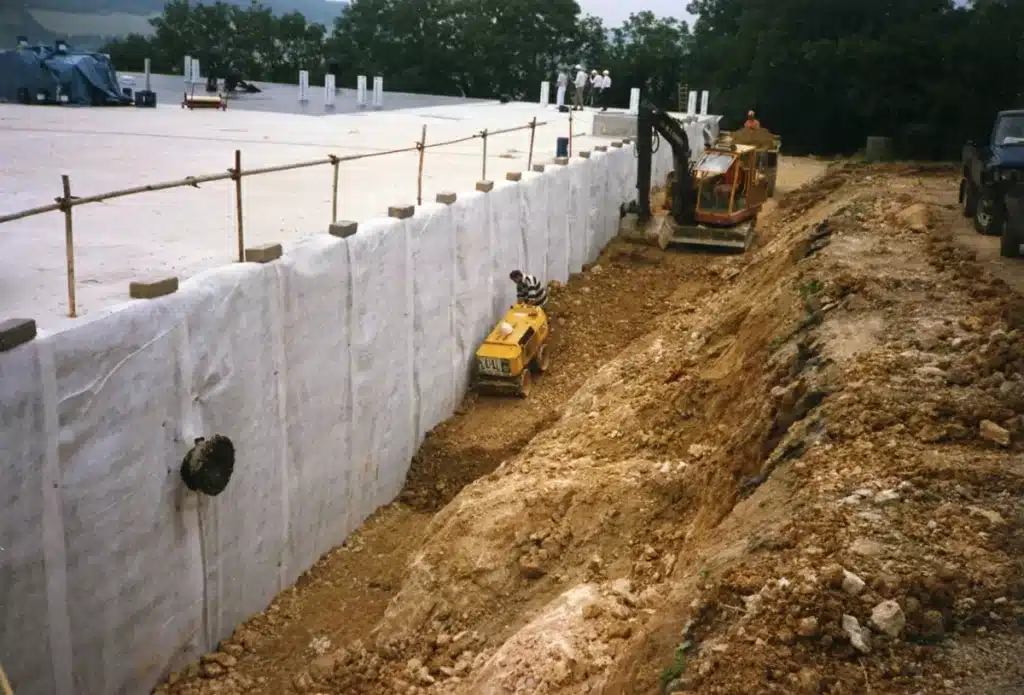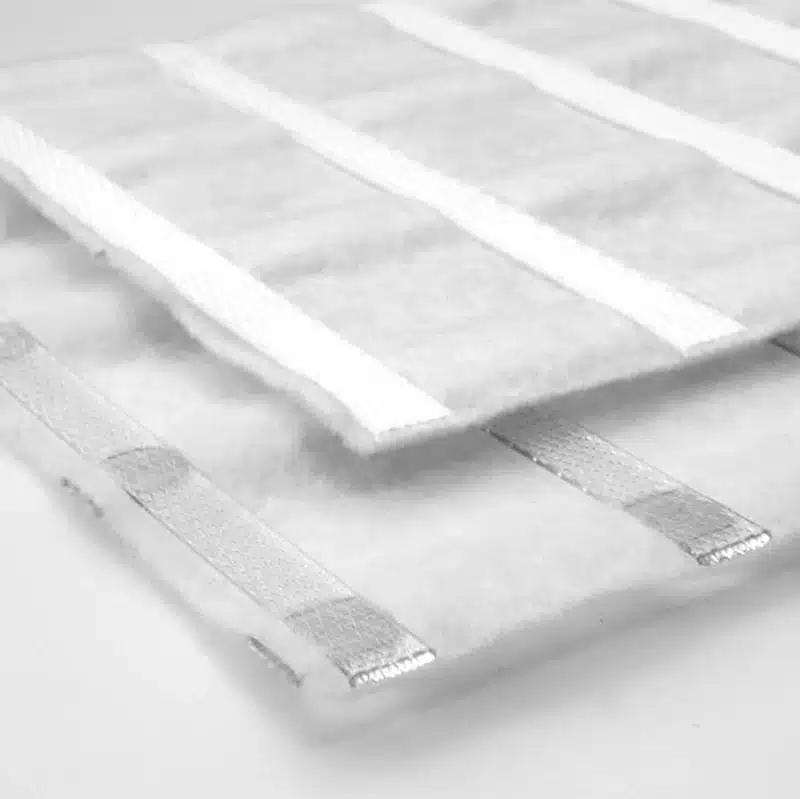+86-159 9860 6917
info@geofantex.com
geofantex@gmail.com
+86-400-8266163-44899
In the realm of construction and civil engineering, geocomposite retaining walls are emerging as a smart and sustainable solution for ensuring soil stability and erosion control. These innovative walls combine the strength of traditional retaining wall techniques with the flexibility and eco-friendliness of geosynthetic materials. Geotextiles and geogrids work in harmony to create a formidable barrier that not only resists soil movement but also offers cost-effective and environmentally responsible construction options. With applications ranging from roadways and infrastructure projects to mining and landscaping, geocomposite retaining walls are becoming the preferred choice for engineers and builders looking for a durable, versatile, and eco-conscious solution to their soil retention needs.

What are Geocomposite Retaining Walls?
Geocomposite retaining walls are engineered structures that incorporate geosynthetic materials such as geogrids and geotextiles to enhance their stability and load-bearing capacity. These walls use a combination of geotextiles, geogrids, and other materials to create a strong and flexible structure. Geotextiles provide soil filtration and erosion control, while geogrids offer reinforcement and stability.
How are Geocomposite Retaining Walls Constructed?
Geocomposite retaining walls are constructed using a combination of geosynthetic layers and traditional wall materials like concrete blocks or soil. Geogrids are typically placed between layers of compacted soil or backfill, while geotextiles provide filtration and separation functions. The choice of materials and construction method depends on the specific project requirements.
Where Can Geocomposite Retaining Walls Be Used?
Geocomposite retaining walls find applications in various scenarios:
- Roads and Highways: For slope stabilization and erosion control.
- Landscaping: In residential and commercial landscaping projects.
- Infrastructure: In retaining walls for railways and airports.
- Mining: For creating safe, stable mining structures.
- Environmental Projects: To support ecological rehabilitation and soil conservation efforts.
What Are the Advantages of Geocomposite Retaining Walls?
Geocomposite retaining walls offer several advantages, including cost-effectiveness, improved drainage, and reduced environmental impact. They are also versatile and can be used in various terrains and climates. The use of geosynthetics allows for increased load-bearing capacity and structural stability.
- Cost-Effective: They are often more economical due to reduced material and labor costs.
- Environmental Benefits: Geocomposite materials are eco-friendly and promote sustainability.
- Versatility: These walls can be customized for various soil types and project requirements.
- Quick Installation: They can be installed faster than traditional retaining walls, reducing construction time.
- Durability: Geocomposite walls resist corrosion and damage, ensuring a longer lifespan.
What Are the Key Considerations for Designing Geocomposite Retaining Walls?
When designing geocomposite retaining walls, the following factors are essential:
- Soil Conditions: The type and properties of the soil must be thoroughly assessed.
- Load and Pressure: Understand the pressure and loads the wall will endure.
- Drainage: Proper drainage is crucial for wall stability.
- Geosynthetic Selection: Choose the right geotextiles and geogrids for the project’s needs.
- Environmental Impact: Consider the ecological impact and sustainability of the materials used.

In conclusion, geocomposite retaining walls are a groundbreaking innovation in civil engineering, offering a combination of strength, versatility, and cost-efficiency. Their applications are diverse, and their benefits extend beyond traditional retaining wall solutions. By considering the project’s specific requirements and proper design, geocomposite retaining walls can provide long-lasting, efficient, and sustainable solutions for retaining walls and slope stabilization needs.



Get Free Sample
We’ll respond as soon as possible(within 12 hours)






















